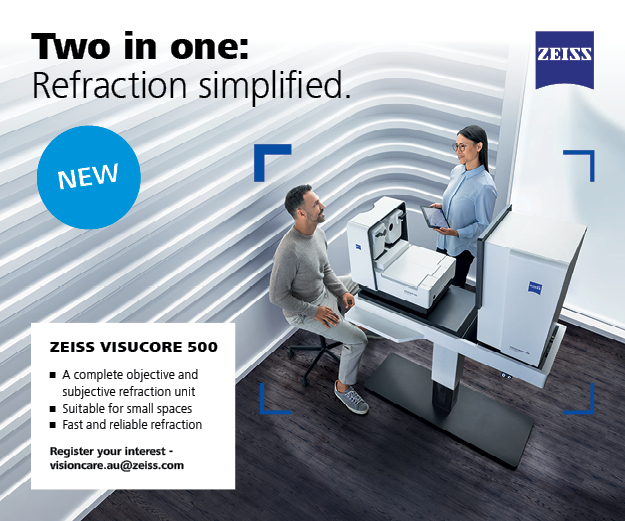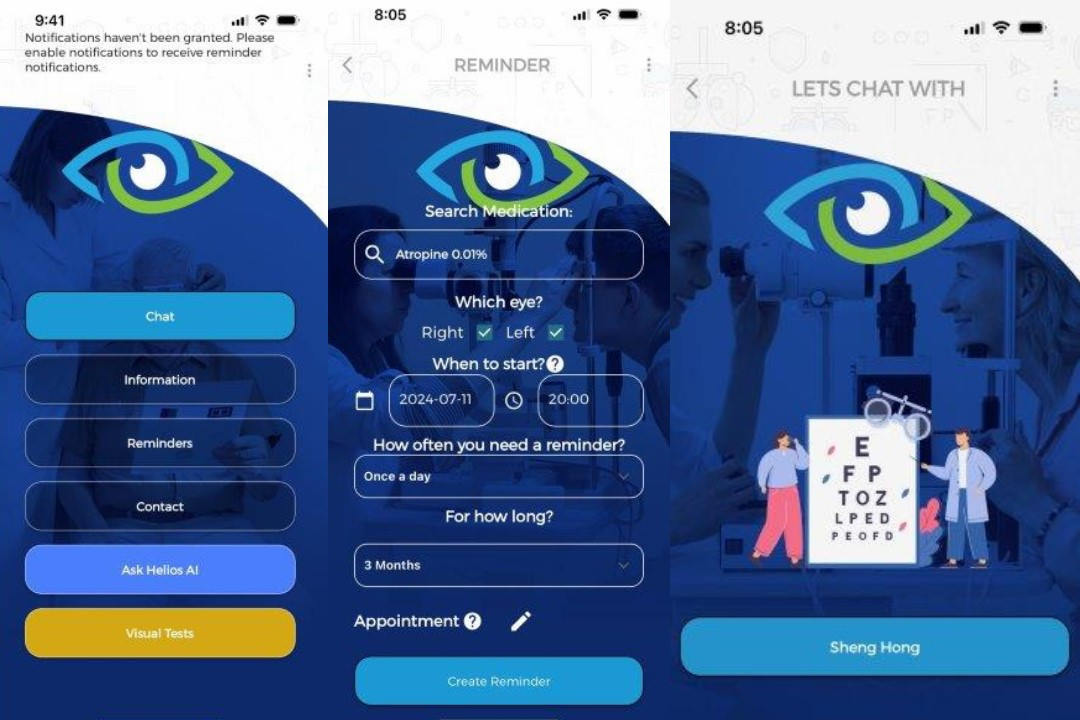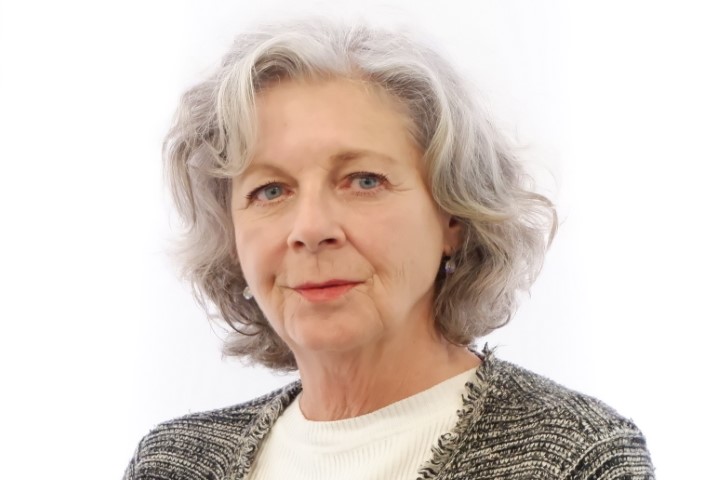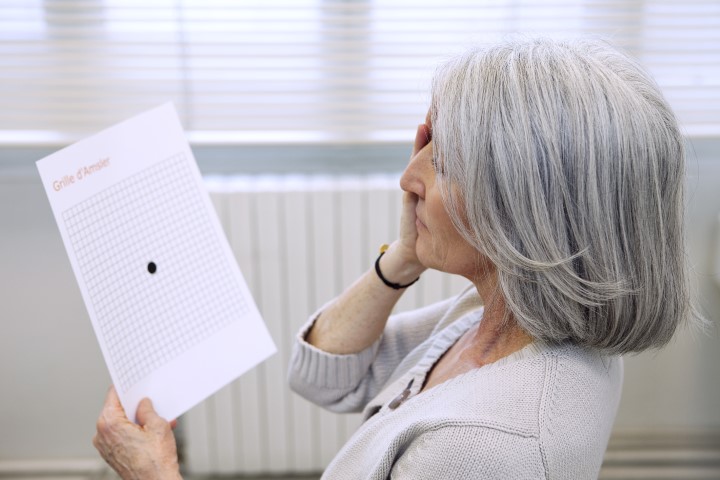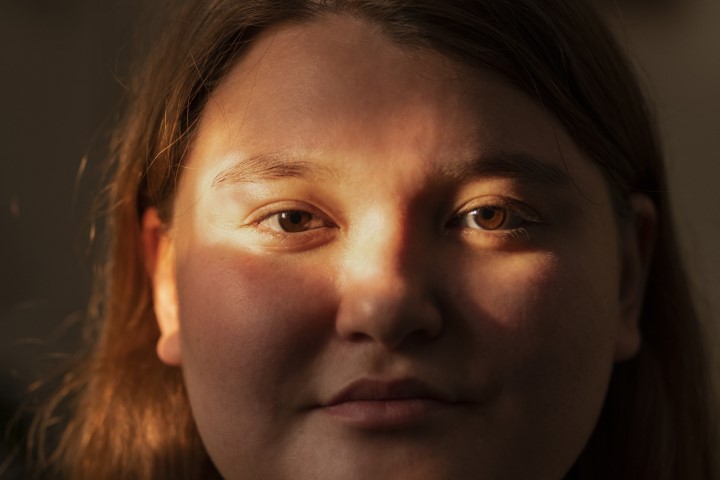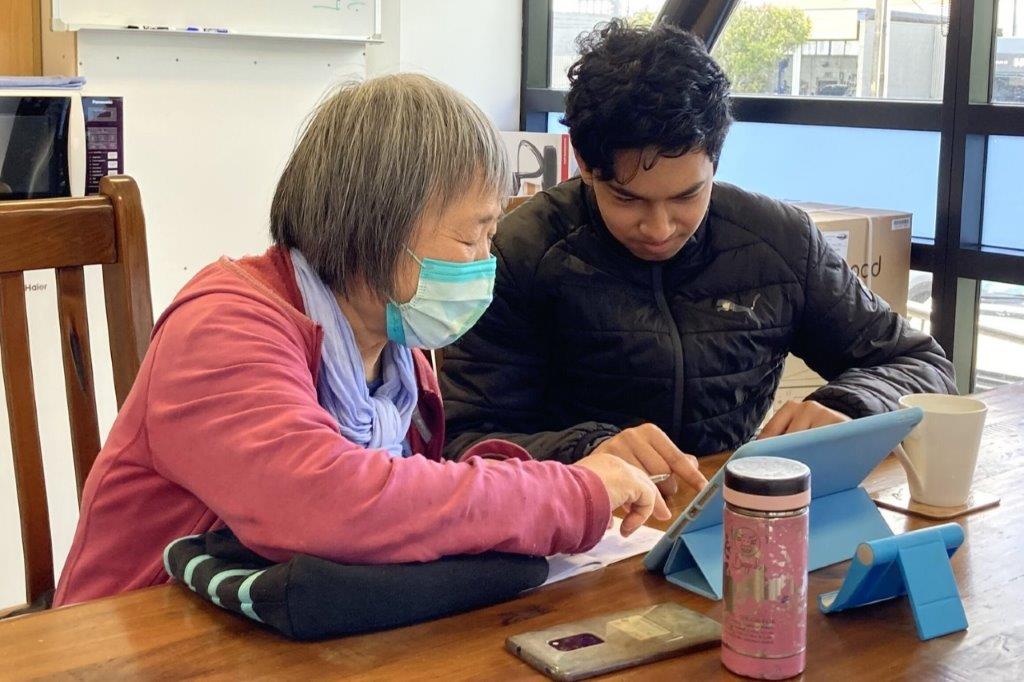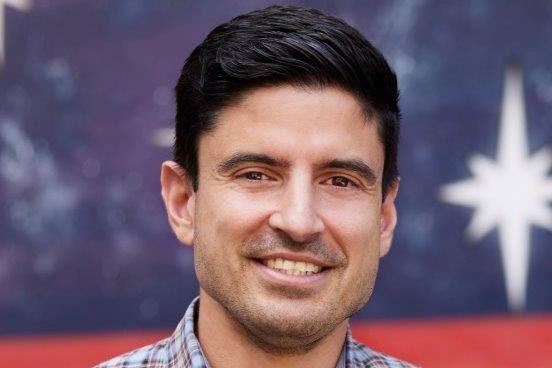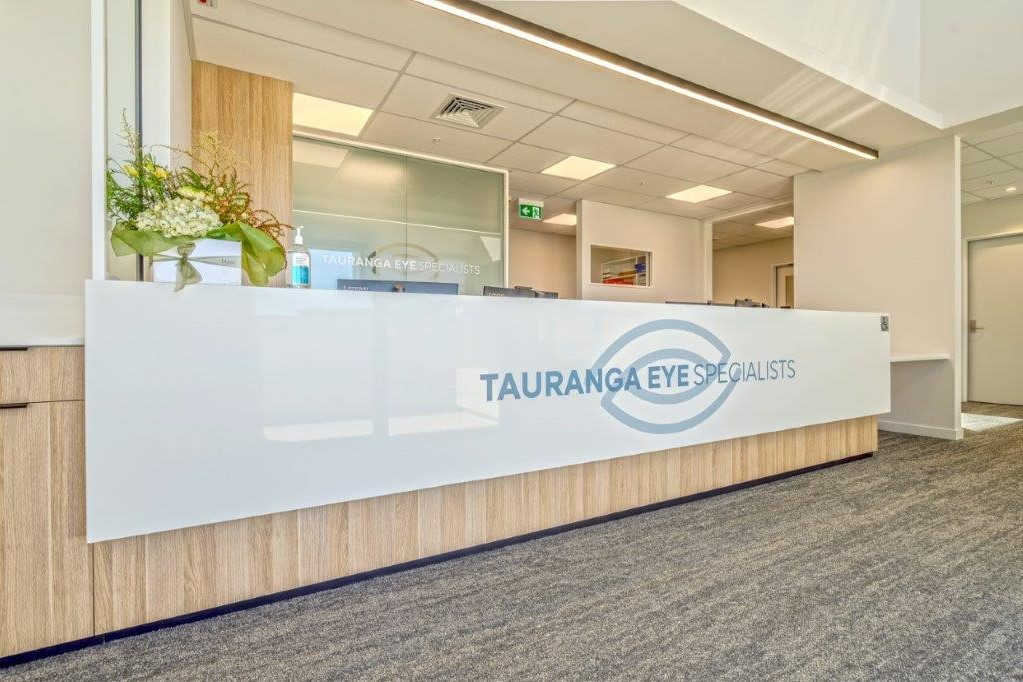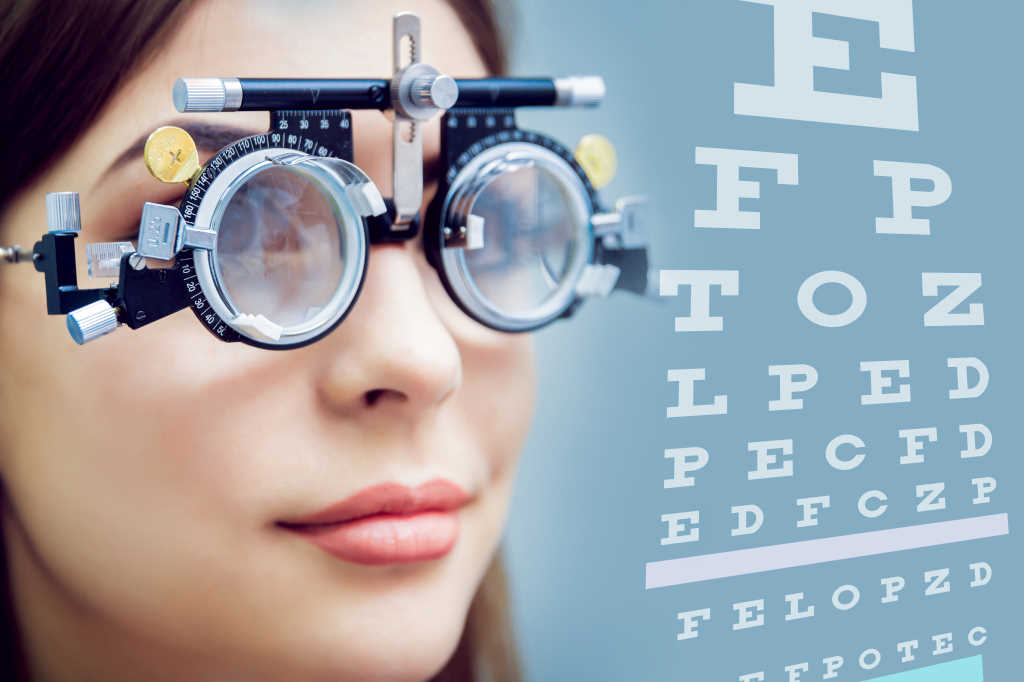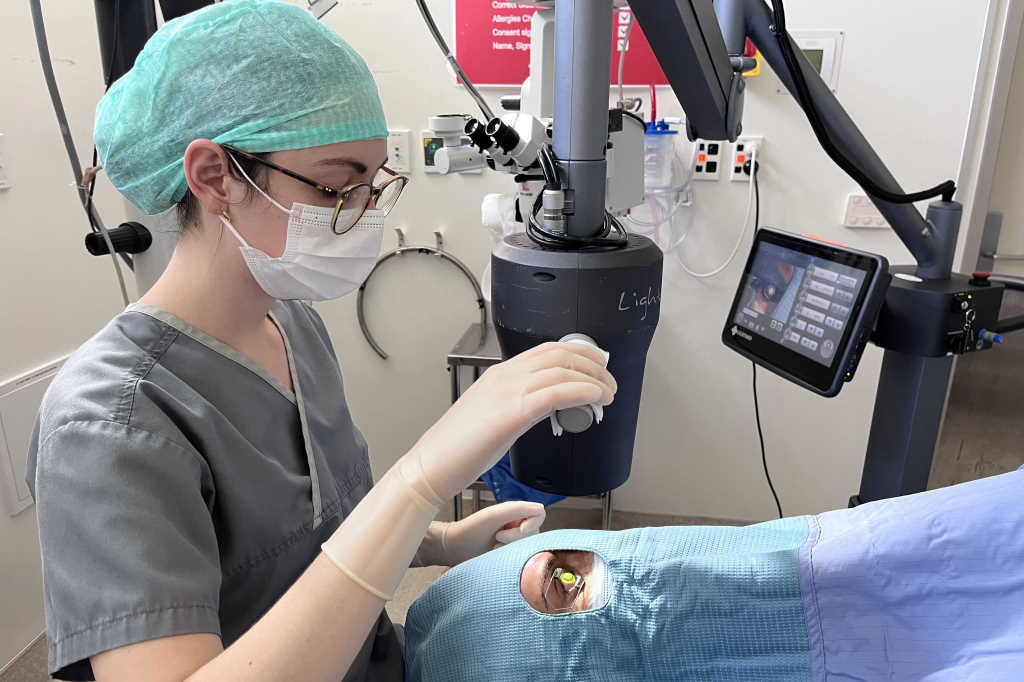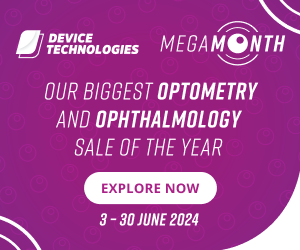New patient-to-specialist app
oDocs Eye Care has launched a new app, Helios, to improve patient-specialist communication and information sharing.
Using the app, a patient can chat to their specialist, receive information about their eye condition and set up medication reminders, said oDocs co-founder Dr Sheng Chiong Hong. Helios also boasts a database with information on common eye surgeries like cataract and laser surgery, he said.
Current patient-specialist communication involves either a physical visit to the clinic or a phone call or email exchange with the surgeon, which isn’t always fast or effective, said Dr Hong. “Patients are people, and like most people who are looking for a service, they would like to look up more information and be able to communicate with their provider effectively, so they can take control of their health.”

Dr Sheng Chiong Hong
From a surgeon’s perspective, the app also streamlines the way information is delivered and ensures it is consistent across the board, Dr Hong said. “More importantly, using the app also saves the surgeons a lot of time.”
Helios also offers basic visual testing tools, including colour vision test, the Amsler grid and a visual acuity chart. Developed with OpenAI algorithms, Helios is capable of analysing images uploaded by users about their eye condition, said Dr Hong, adding future iterations will include a referral system and telemedicine tools.
Grant awarded for corneal research
In other news, Dr Hong has been awarded a Health Research Council of New Zealand (HRC) 2024 Explorer Grant ($150,000), supporting his research into a novel approach to treating corneal dysfunction through cultured corneal endothelial cell therapy.
“Unlike traditional methods, this therapy isn't just another addition to existing treatments, it's a disruptive innovation poised to revolutionise the field by potentially replacing the need for endothelial keratoplasty,” said Dr Hong. “In the near future, procedures like DSAEK and DMEK could become relics of the past, supplanted by a simpler solution: a straightforward injection into the anterior chamber.”
Over the next 24 months, Dr Hong and his team will collaborate closely with the New South Wales (Sydney) Tissue Bank and the Anatomy department of the University of Otago to advance the research.






